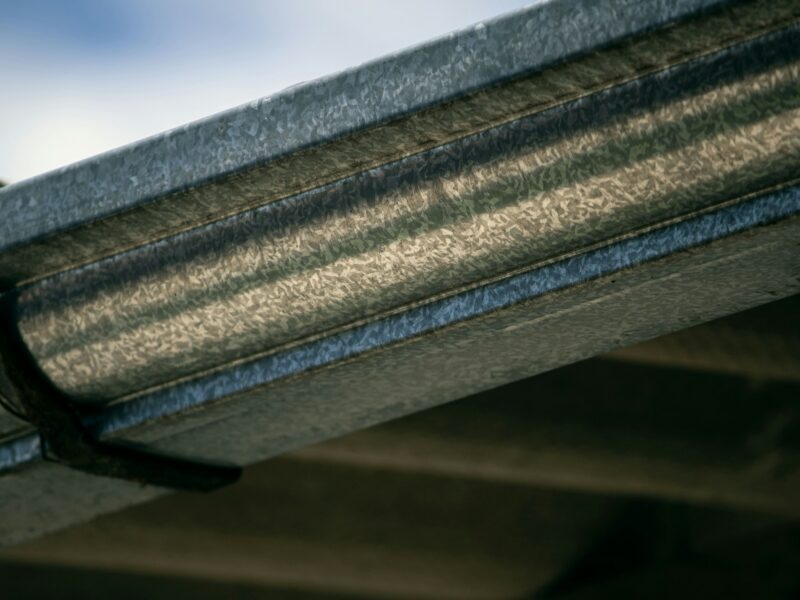Septic systems are an amazing solution for homeowners who aren’t part of the public sewer system. They can effectively treat all the wastewater from your home, and there are even different types available to suit your needs! Various types of septic systems can treat your home’s wastewater. A conventional septic tank system is a maze of trenches and perforated pipes that systematically disperse your household’s wastewater. It is used for properties with a soil type that prohibits using other alternatives.
Contents
Mound System
You’ll need a Foothill septic system if you live outside a metropolitan area and can’t hook up to city sewage. There are several types of systems, each designed to suit different sites. Mound systems work well in areas where the soil permeability is slow or low or where the shallow soil cover quickly gives way to creviced bedrock. The mound consists of a septic tank with distribution pipes running the length and width of a gravel-filled mound. During operation, short, frequent doses of effluent release into the mound and spread out over a wide surface, allowing time for bacteria to purify the wastewater. The water eventually evaporates from the ground or ends up in groundwater.
Gravel/Stone System
The old-style conventional septic system utilizes gravel in its drain field to filter waste and allow it to enter the soil safely. During construction, a gravel-filled ditch is constructed 1 to 3 feet below ground level and is the size of the anticipated wastewater flow from the home. A septic tank then receives wastewater influent and holds it until bacteria break it down. The resulting treated wastewater (or effluent) drains into the drainage field through pipes. A chamber system, on the other hand, is a graveled design that utilizes a series of molded plastic chambers. It’s a better option for situations where the amount of waste varies throughout the year at home (like vacation homes), and it’s also easier to deliver and build.
Drip Distribution System
Foothill portables septic tank system is one of the most conventional types of onsite wastewater treatment. They consist of a septic tank and a trench or bed subsurface sewage infiltration system called the drain field. In the septic tank, heavy solid waste settles to the bottom and forms sludge. Oils and grease float to the top as scum. The liquid wastewater (effluent) exits the tank through a pipe into the drain field. With a drip distribution septic system, wastewater is distributed to the drain field via a large pump tank and a network of small tubing or drip laterals buried in shallow soil. The tubing is equipped with emitters timed to release the wastewater at specific intervals. A drip septic system is ideal for areas where deep digging would be difficult or impossible.
Conventional Pump System
Septic tank systems are used when a property is not connected to a municipal sewer plumbing system. They are a popular choice for homes, farms and businesses. Wastewater from a home or business flows into the septic tank for storage, breakdown, and eventual release to the soil. The septic tank contains bacteria designed to break down and treat the wastewater before it is pumped into the drain field for further treatment by microbes in the soil. Conventional systems use underground trenches lined with stone, typically gravel, that create the drain field where aeration and microbe activity treat the wastewater. The size of the drain field depends on the estimated daily wastewater flow and soil conditions. This septic system can use a pump, disinfecting product, or evaporation to help treat the effluent before it is released into the soil.
Chamber Septic Tank System
Unlike graveled systems, chambered systems utilize an aerobic process to treat wastewater and are designed with multiple tanks. These tanks collect, aerate, purify, and pump the effluent before it flows to the absorption field. Like the drip distribution system, it is buried but does not need large amounts of dirt covering it as its tubings are inserted directly into the soil. This is ideal for vacation homes or areas that experience a lot of varying sewage flow throughout the year. These systems are more accessible to inspect than a gravel-trenched drain field as they have inspection ports and venting pipes built into the system.



